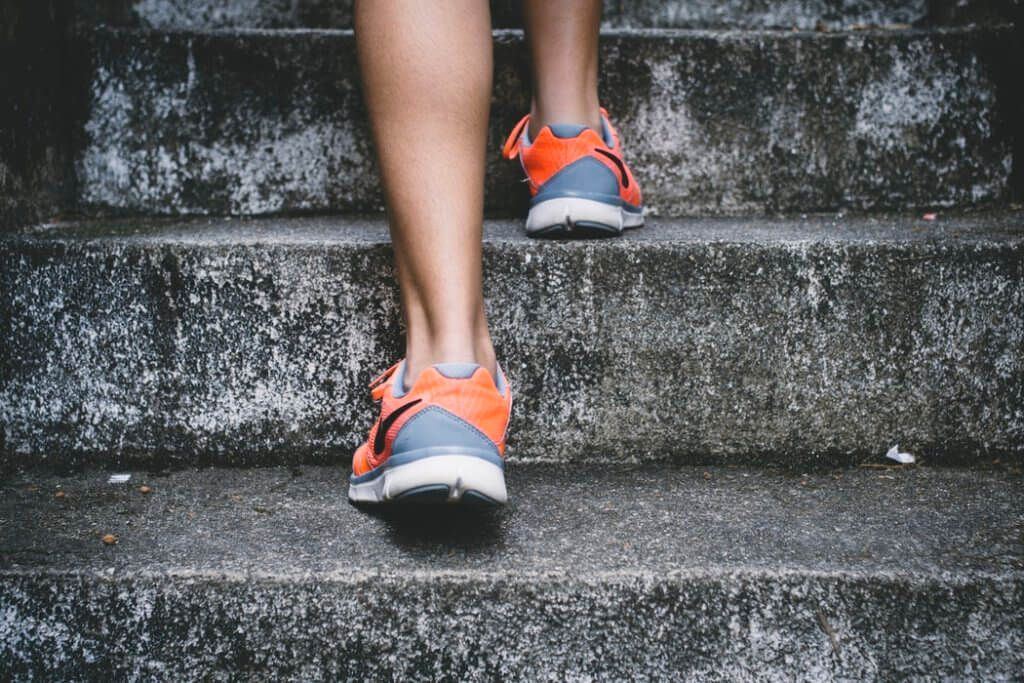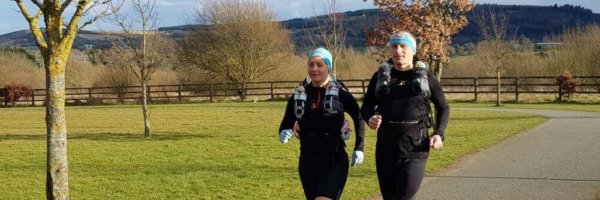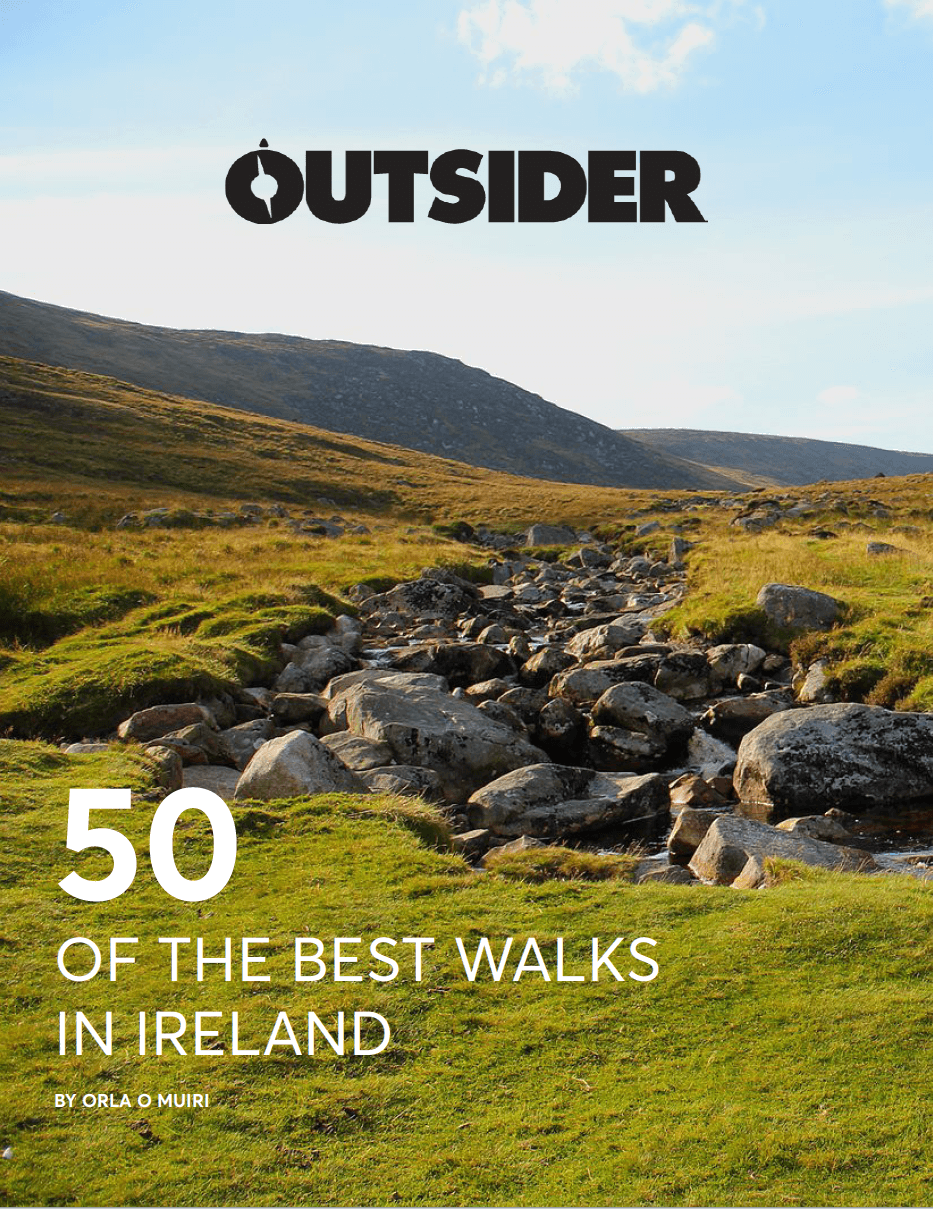Here’s some good news for all runners out there who struggle with bad knees and osteoarthritis – a new study is suggesting that running with knee problems may in fact not be bad at all, but actually beneficial.
Around 750,000 people in Ireland have got some form of osteoarthritis, which is a disorder that makes the cartilage between your upper and lower legs degenerate. So far, it’s been widely presumed that running with osteoarthritis will worsen the situation.
But first things first: let’s once and for all leave the myth that “running will ruin your knees” – behind us. There are various studies that have compared runner and non-runners over the course of decades and found no proof that runners are more likely to develop knee osteoarthritis. If anything, the runners have shown to be less likely to develop knee problems – possibly due to their lower body weight or overall strengthening of cartilage.

However, a new American study, led by Grace Lo of Baylor College of Medicine, has been looking at a big multicenter study called the Osteoarthritis Initiative that followed about 5,000 people around the US for a decade. In that group there were 1, 203 people over the age of 50 that had osteoarthritis in at least one knee, and out of them, 138 were runners.
This is what the study said:
“Contrary to what we expected, we found little evidence to suggest that running is harmful in this cohort… Among individuals at least 50 years of age with knee OA [i.e osteoarthritis], running was not associated with longitudinal worsening knee pain or radiographically defined structural progression.
Additionally, runners also had more improvement in knee pain compared to non-runners, suggesting that there may be a benefit to running from a knee health perspective in people who have knee OA.”
Trail Running Backpacks: 7 of the Best
So while the new study mightn’t be telling us that running with osteoarthritis is risk-free, it does tell us that it’s not necessarily harmful. Instead of giving up running all through, it’s encouraged to let your body and symptoms be your guide. And if the symptoms are eased by changing some of the factors – like trying new shoes or changing up the surface in order to feel more comfortable, that’s likely enough.
It might also mean strengthening your hips and quads and modifying the length and speed you’re going at – but at least you won’t have to worry about ruining your knees, just because they are giving you a hard time.
By Elsa Anderling
Like this? You should check these out:










